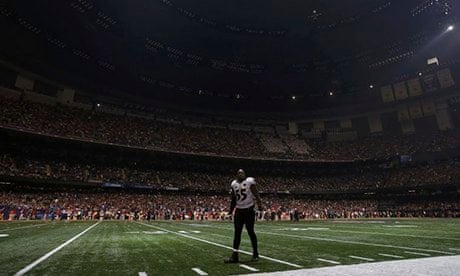BMW's MINI has sought to live up to its irreverent British image by creating tongue-in-cheek ads which mock current news stories. In the process, the small economy car brand has earned widespread coverage on social media and joined the trend for real-time marketing, in the sense of quick response to current events.
Soon after the horsemeat scandal broke at the beginning of 2013, MINI created an ad with a picture of its JCW Roadster and the caption: "Beef, with a lot of horses hidden in it," to show off the model's 211 horsepower engine and reference its beefy appearance. The ad garnered huge social media buzz, gaining a million views on Reddit and thousands of likes, shares and comments across other platforms. For the Budget in April, the brand created a social media and press ad featuring a picture of its Mini Roadster with the line; "Might we expect a more exciting economy drive, George?" which also gained traction on social media.
"Newsjacking" a current event or news story as a hook for a marketing message can be a powerful way to get shares, retweets and comments in social media. Real-time marketing allows brands to join in social conversations and tap into people's hunger for topical content that satirises the latest news events.
Michelle Roberts, the general manager of MINI Brand Communications in the UK, says the real-time trend is changing the way marketers approach social media and means they have to be much more switched-on and reactive to events.
"The explosion of social platforms has had an impact on traditional marketing and how marketers make campaigns relevant. Clearly, for more topical advertising to be relevant and effective, it needs to be quick - quick to book, quick to broadcast and quick to switch on and drive engagement," she says.
Real-time marketing hit the headlines in February when biscuit brand Oreo responded to a blackout at the stadium staging the US Super Bowl with a witty Tweet showing a picture of an Oreo with the caption "you can still dunk in the dark". It was retweeted 15 thousand times and earned twenty thousand likes on Facebook during the black-out. It was hailed as an example of a brand reacting to a crisis and capturing the moment.
The marketing world woke up to the power of real-time marketing. If brands could act like news organisations and make their ads relevant, they could get huge coverage for the cost of a Tweet or Facebook Update. But real-time marketing cannot done on a shoestring. Oreo had a team of over a dozen people working in its social media war room during the Super Bowl, ready to pounce on the latest developments during the event and put it out through Twitter and Facebook.
While for some brands, real-time marketing may be an interesting sideline for experimentation, for betting companies, travel brands and many retailers, promoting the latest offers in real-time is the driving force of their social media presence.
Betting exchange Betfair uses marketing in real time to encourage players to bet on upcoming sports events. Director of digital Ben Carter says the brand has its own in-house social media operations team of four which can be augmented with staff from its social agency TMW for big occasions, such as the first day of the football season. The team creates content on the fly which aims to attract new players and get existing ones to spend more. This can involve humorous posts on Facebook or Tweets about the latest news.
He says that since the start of this football season, Betfair has increased its TV advertising, particularly on Sky. "We don't want to market into a vacuum, so we invest in creating social content," he says. To back up tweets that are put out organically (ie not paid for), Betfair uses real-time bidding to retarget the messages in people's Facebook newsfeeds or in display ads.
He warns that real-time marketing is always-on and requires considerable commitment: "Everyone is doing real-time marketing at different levels and it is a key challenge for a betting brand. But you can't turn it off and on and it is resource intensive. Not everything comes off. Be prepared to have content that doesn't fly."
Real-time marketing can also be used to defend a brand's reputation. In Channel 4's documentary "Dogging Tales" earlier this year, one participant said he wore Lynx as his deodorant of choice. There was a flurry of mentions of this in social media, and the brand's social media team - which had been warned beforehand by Channel 4 about the comments - posted a spoof picture of the team wearing masks similar to the ones worn by the people in the dogging documentary with the comment: "Crisis meetings all morning thanks to Les in Dogging Tales last night. We've concluded there is no crisis".
Chris Buckley, director of social engagement at digital agency TMW, which works with both Lynx and Betfair, says real-time marketing should be a simple view of what people expect from brands on social media. "They are expecting more immediacy, relevancy, wit and humour. Real-time marketing is trying to become part of a conversation that is already happening to achieve an earned effect for the brand."
Despite the cost, for many brands the impact of marketing in real time is too great to ignore.
